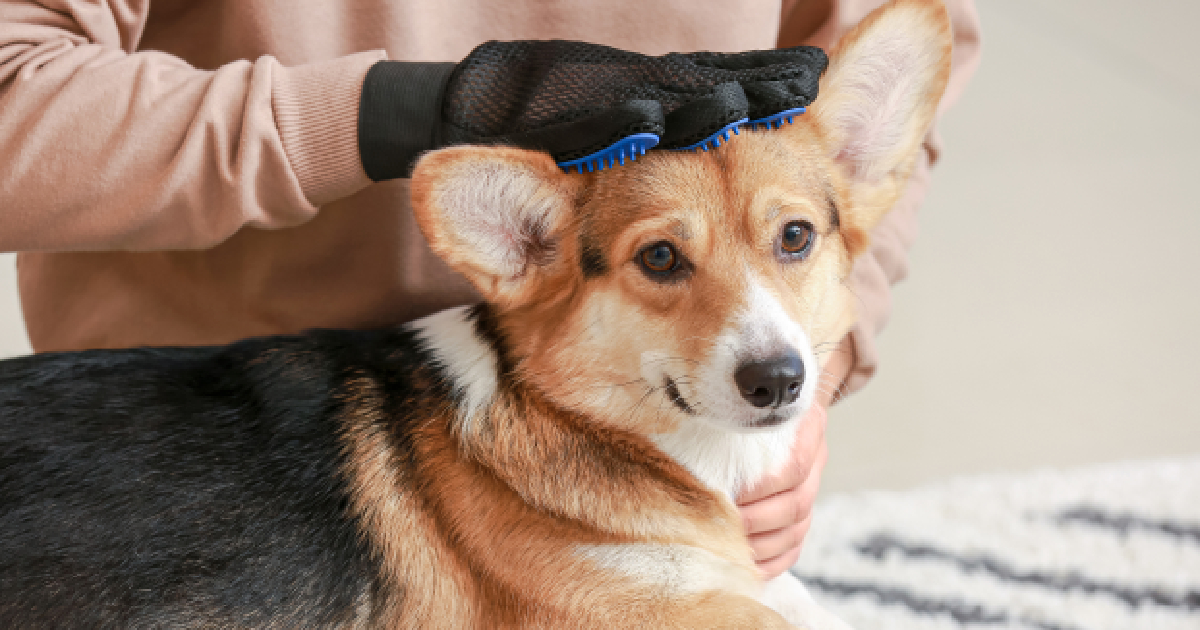 Shutterstock
Shutterstock
Owning a dog can bring unparalleled joy, companionship, and fulfillment to life, but a truly happy life with a dog goes beyond basic care. Dogs are more than just pets; they’re family members with emotional needs and personalities. Building a bond with them requires patience, understanding, and a willingness to learn their unique ways of communicating. From maintaining a consistent routine to creating special playtime moments, there are many ways to strengthen your relationship and ensure both you and your dog lead a joyful, fulfilling life together.
Establish a Consistent Routine
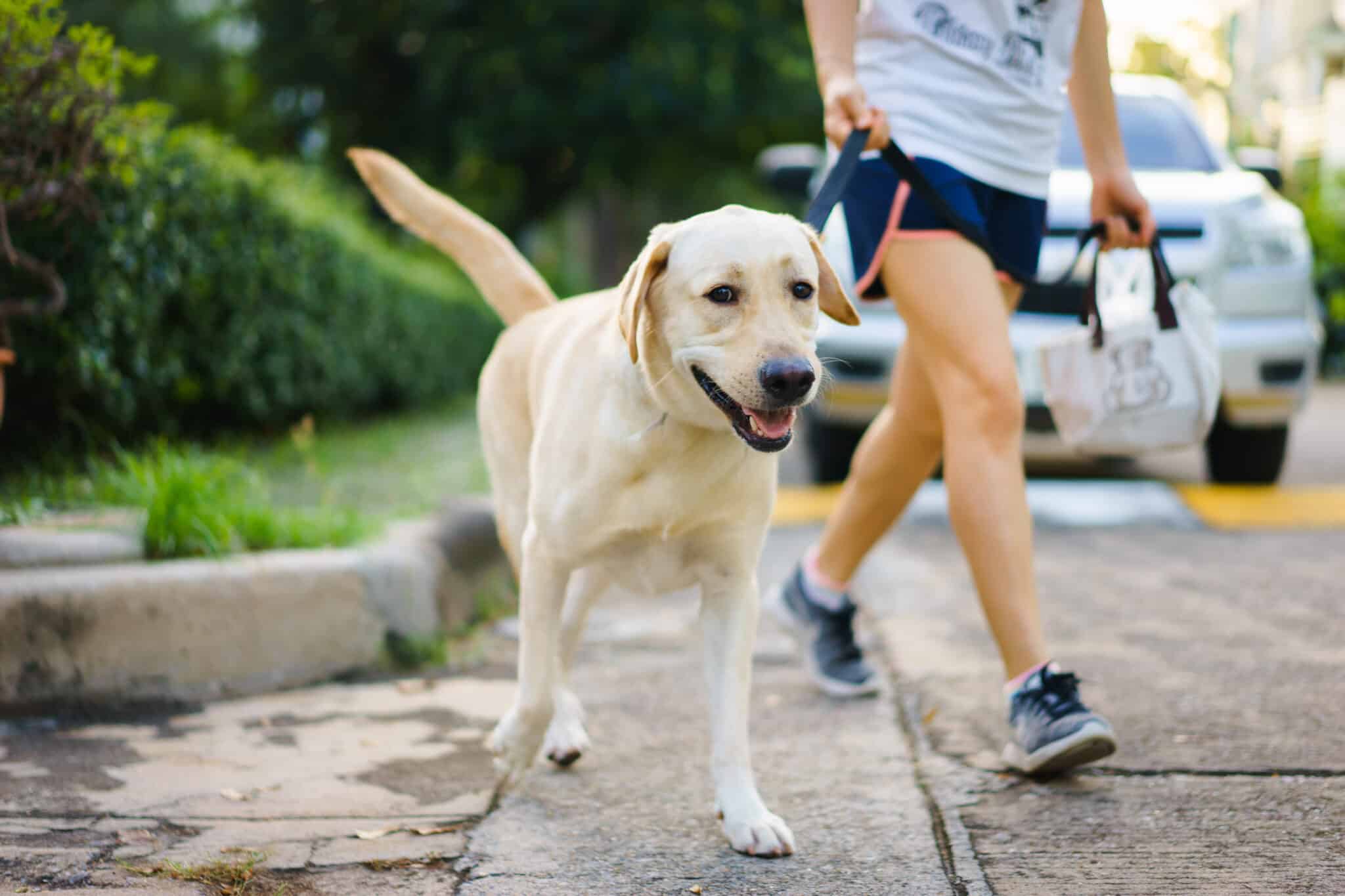 Shutterstock
Shutterstock
Dogs thrive on routine, as it provides a sense of security and predictability in their lives. Setting a regular schedule for feeding, walking, and playtime helps your dog feel safe and understand what to expect. When they know what’s coming next, it reduces anxiety and stress, making them more relaxed and comfortable in their environment. A consistent routine also makes it easier for you to manage their behavior and meet their needs. By sticking to a schedule, you create a foundation of trust that helps both you and your dog feel more connected and content.
Prioritize Quality Time Together
 Shutterstock
Shutterstock
Spending quality time with your dog is essential for building a strong, happy bond. Dogs are social creatures who crave companionship and interaction with their humans. Whether it’s taking a walk, playing fetch, or just cuddling on the couch, dedicating time to engage with them shows them they’re valued and loved. Quality time doesn’t need to be elaborate; even simple activities done together can strengthen your relationship. When you make time to connect, your dog feels secure and appreciated, which leads to a happier and more fulfilling life for both of you.
Embrace Positive Reinforcement Training
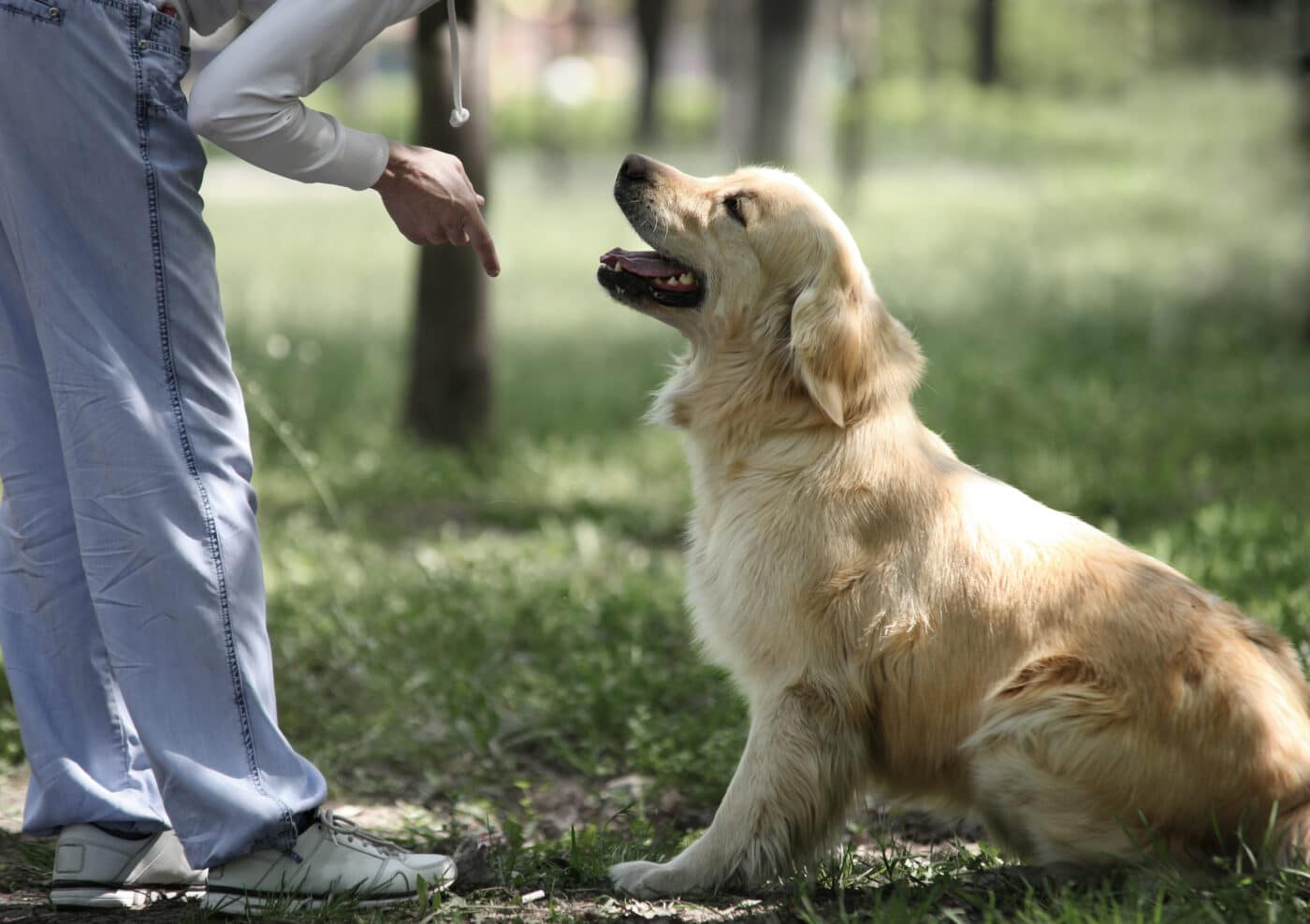 Shutterstock
Shutterstock
Training your dog using positive reinforcement methods not only teaches good behavior but also builds trust and strengthens your bond. Dogs respond best to rewards-based training, where they are encouraged with treats, praise, or play. This method fosters a sense of accomplishment and eagerness to please, leading to better obedience and a happier dog. Positive reinforcement helps reduce frustration and confusion, creating a stress-free learning environment. Embracing this approach to training turns the learning process into a fun and rewarding experience for both you and your dog.
Encourage Play and Exercise
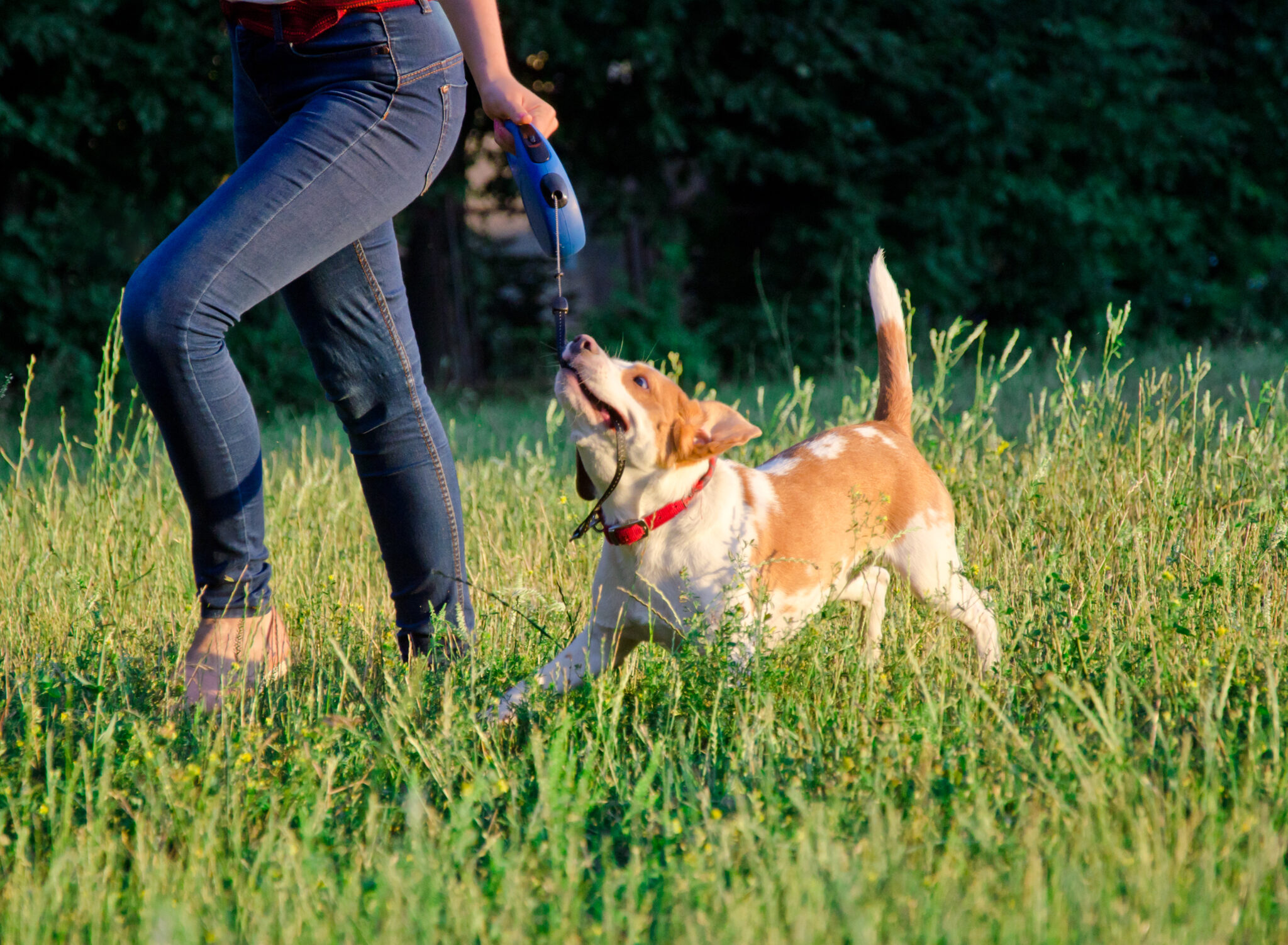 Shutterstock
Shutterstock
Regular exercise and play are essential for keeping your dog physically healthy and mentally stimulated. A happy dog gets enough activity to burn off energy, reducing the likelihood of destructive behavior. Exercise isn’t just about staying fit; it’s also an opportunity for bonding and fun. Playtime with toys, running at the park, or exploring new areas on a walk keeps your dog engaged and excited. Making exercise a priority helps maintain their health and happiness, ensuring a well-rounded, joyful life for both of you.
Provide Mental Stimulation
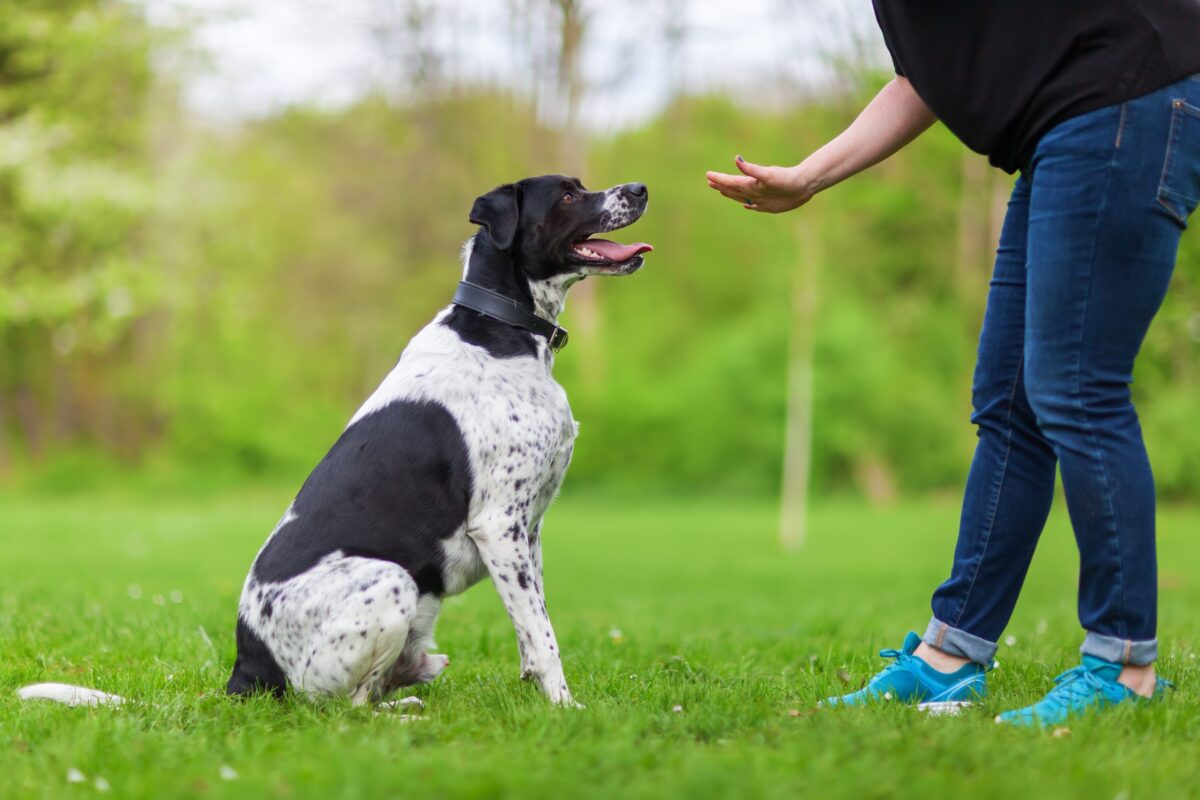 Shutterstock
Shutterstock
Keeping your dog’s mind engaged is as important as physical exercise. Dogs are intelligent animals that benefit from mental stimulation, which can come from puzzle toys, training sessions, or interactive play. Boredom can lead to frustration and bad behavior, so providing activities that challenge them mentally helps keep them content. Introducing new toys or changing up their routine can add excitement and novelty to their day. Mental stimulation enriches their lives, boosts their confidence, and makes them happier and more well-adjusted.
Practice Patience and Understanding
 Shutterstock
Shutterstock
Patience is essential when it comes to building a happy life with a dog. Dogs can’t communicate with words, so they rely on us to be patient as we learn to understand their needs and behavior. They may have moments of stubbornness, mischief, or accidents, but handling these situations with patience fosters trust and a stronger bond. Remember that dogs aren’t perfect and will need time to learn new habits. Practicing patience and empathy helps you appreciate their unique personalities and strengthens your relationship over time.
Feed a Balanced Diet
 Shutterstock
Shutterstock
A happy dog is a healthy dog, and nutrition plays a key role in their overall well-being. Providing a balanced diet tailored to their age, size, and activity level ensures they get the nutrients they need to thrive. Consult with a veterinarian to determine the best diet for your dog, considering factors like any specific dietary needs or allergies. High-quality food supports their immune system, keeps their coat shiny, and contributes to their energy levels. A well-fed dog is more likely to feel good, be playful, and enjoy life to the fullest.
Build a Comfortable, Safe Space
 Shutterstock
Shutterstock
Creating a designated space for your dog where they feel safe and relaxed is crucial for their happiness. This space can be a cozy bed, a quiet room, or a corner with their favorite toys. A secure, comfortable area gives your dog a sense of ownership and a place to retreat when they need quiet time. Providing a safe space also helps with managing stress, especially during events like thunderstorms or when guests visit. A happy dog knows they have a space to call their own, where they can unwind and feel at ease.
Make Grooming a Bonding Experience
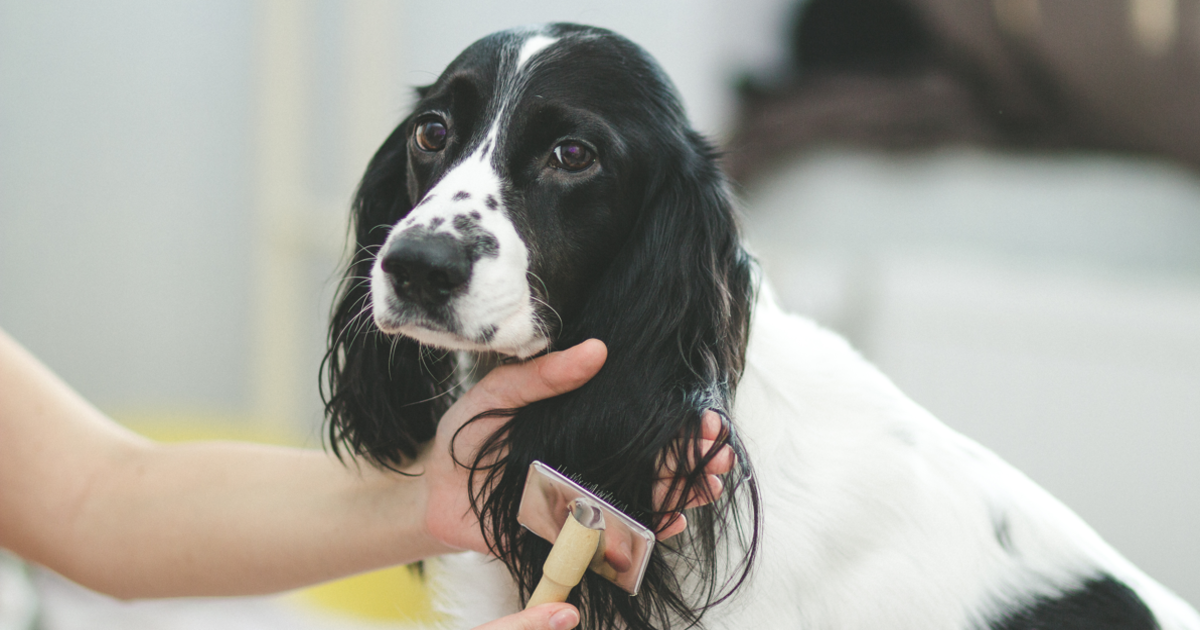 Shutterstock
Shutterstock
Grooming is more than just about keeping your dog looking good; it’s also a bonding activity that strengthens your relationship. Regular brushing, bathing, and nail trimming help maintain their health while providing opportunities for closeness and trust. Many dogs enjoy grooming sessions as a form of attention and love, especially when done gently and positively. By making grooming a routine that involves praise and patience, you create a comfortable experience that benefits both you and your dog. Grooming not only keeps them healthy but also reinforces the special bond you share.
Practice Communication and Body Language
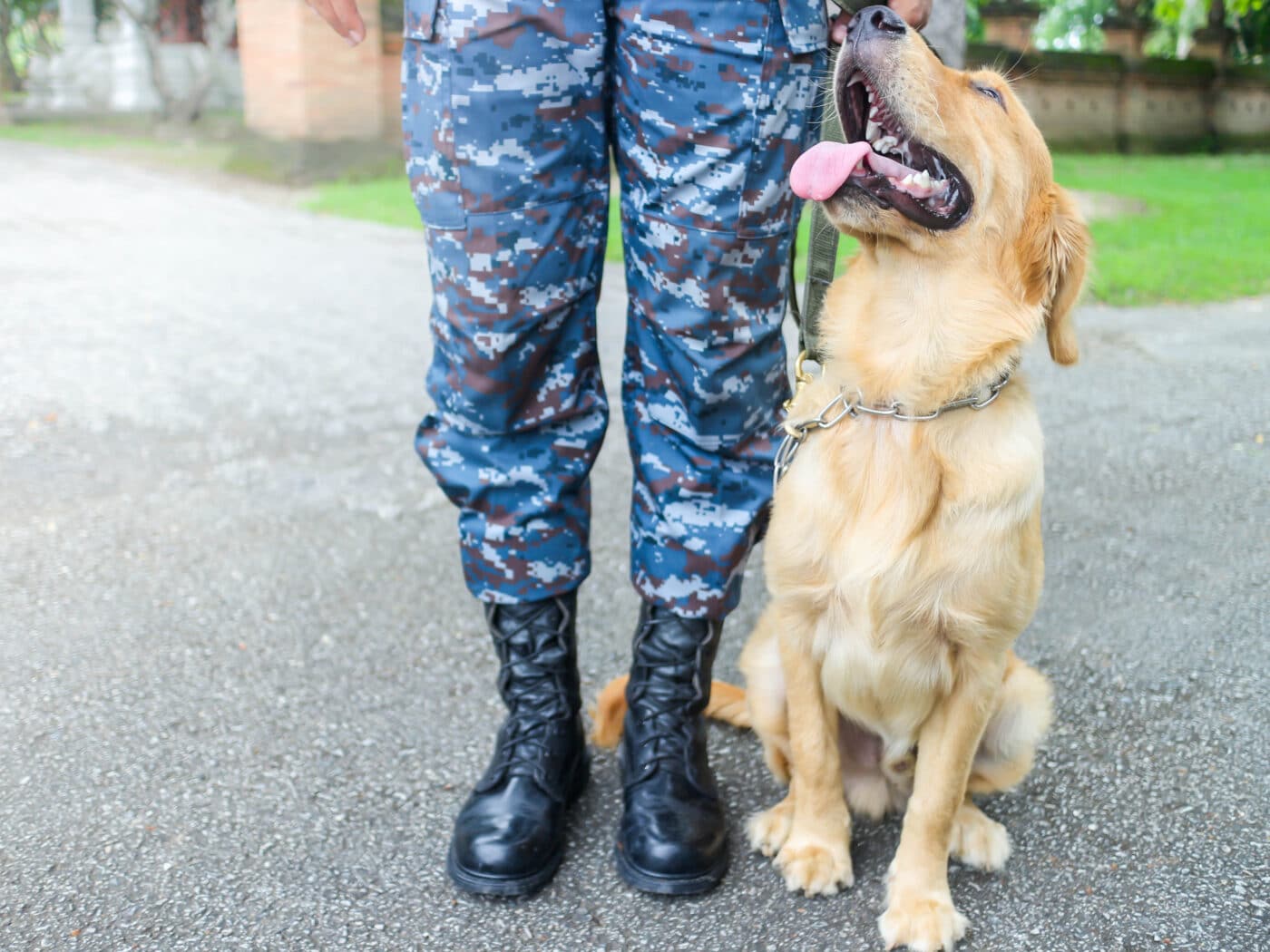 Shutterstock
Shutterstock
Understanding your dog’s body language is key to a happy life together. Dogs communicate through their body, using tail wagging, ear positioning, and facial expressions to convey their feelings. By learning to read these cues, you can respond to their needs more accurately and build a stronger connection. Recognizing when they’re happy, anxious, or fearful allows you to act in ways that reassure or comfort them. Effective communication reduces misunderstandings and helps you bond with your dog on a deeper level, leading to a more harmonious and joyful relationship.
Maintain Regular Veterinary Checkups
 Shutterstock
Shutterstock
Keeping up with regular vet visits is essential for your dog’s health and happiness. Routine checkups help detect potential health issues early, ensuring they receive timely treatment if needed. Regular veterinary care also includes vaccinations, dental health, and advice on weight management, all of which contribute to their overall well-being. A healthy dog is a happy dog, and by staying on top of their health, you’re showing them the care and commitment they deserve. These checkups give you peace of mind, knowing you’re doing everything you can to keep them thriving.
Tail-Wagging Takeaways For A Happy Life
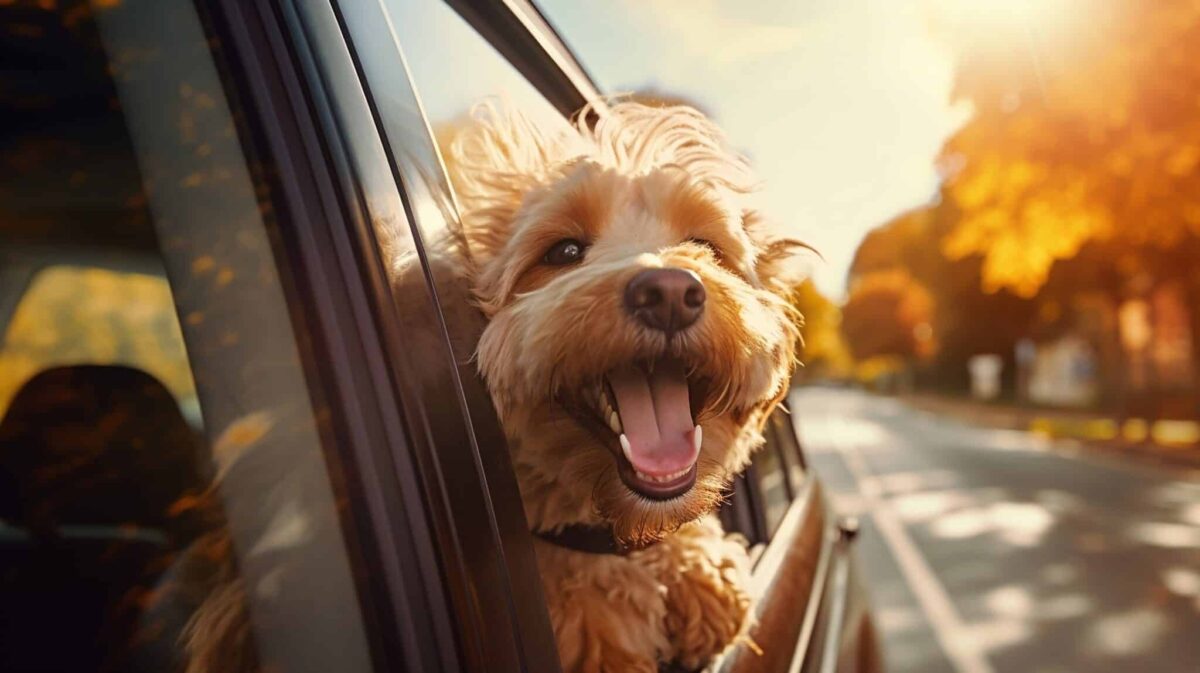 Shutterstock
Shutterstock
A happy life with a dog is built on love, understanding, and mutual respect. Establishing routines, encouraging play, and practicing patience help create a sense of security for your furry friend, making them feel cherished and valued. In return, dogs bring boundless joy, loyalty, and companionship. So, keep treats nearby, cherish those cuddle moments, and savor each day as an opportunity to deepen your bond. With your dog by your side, every day offers more happiness—and, yes, a few extra slobbery kisses along the way!
 Toledo, United States.
Toledo, United States.